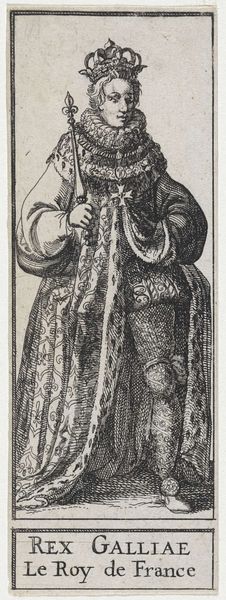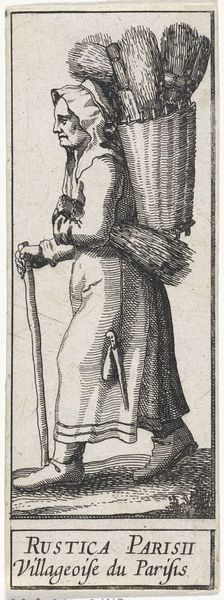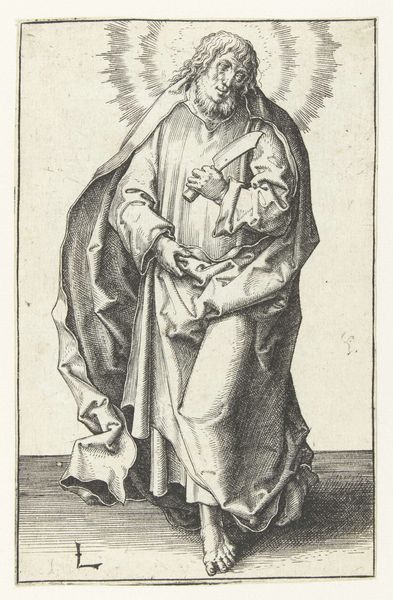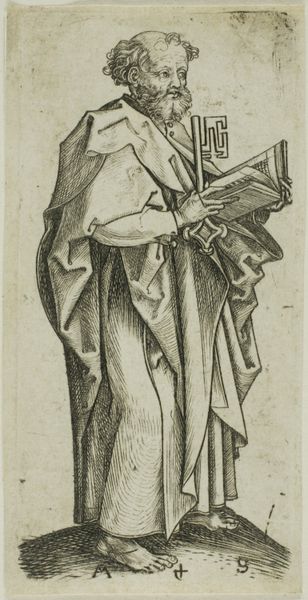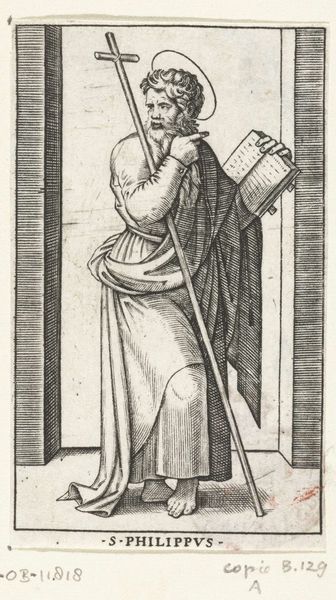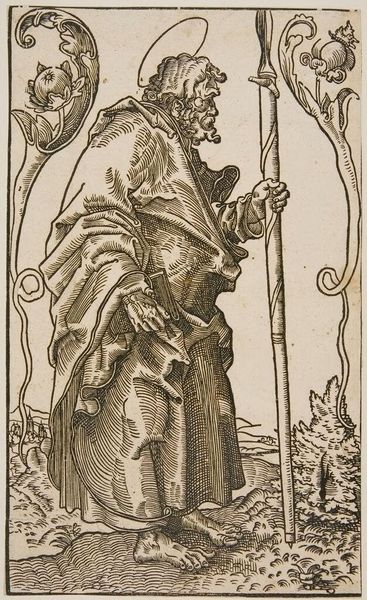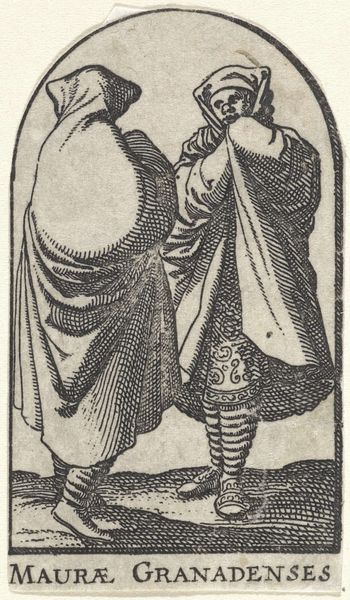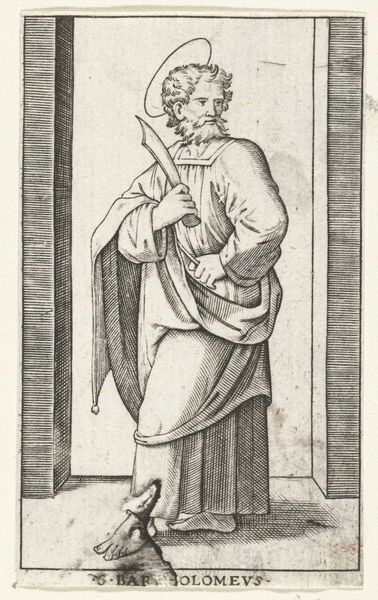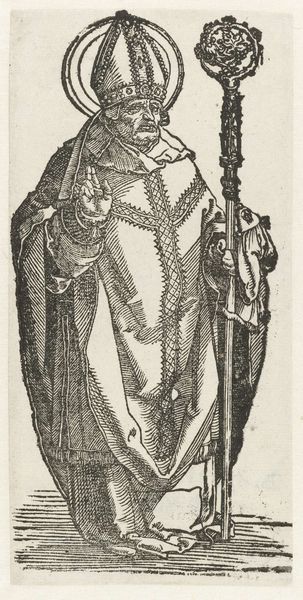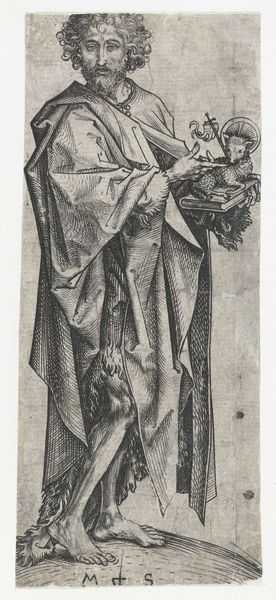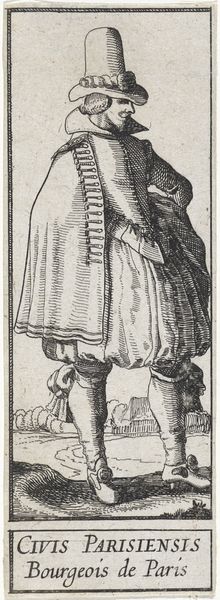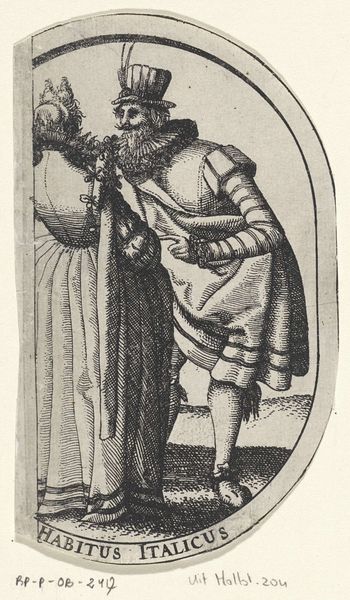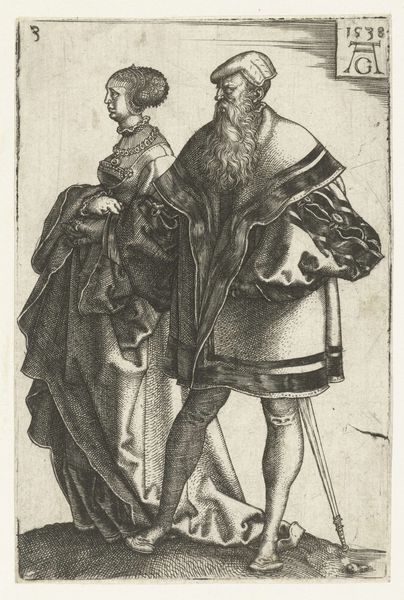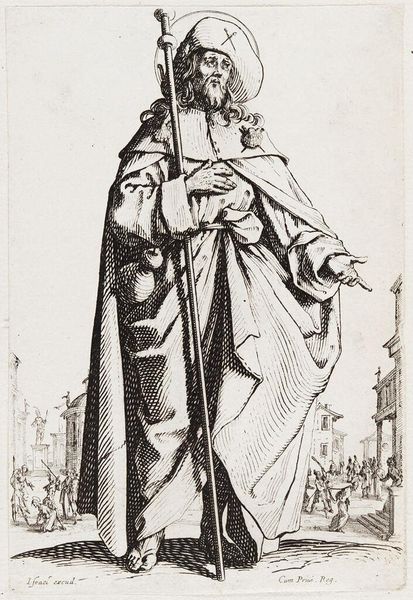
print, engraving
#
portrait
#
baroque
#
dutch-golden-age
# print
#
old engraving style
#
genre-painting
#
dress
#
engraving
Dimensions: height 130 mm, width 47 mm
Copyright: Rijks Museum: Open Domain
Curator: This is "Burgervrouw uit Parijs," or "Citizen Woman of Paris," an engraving made around 1618 by Claes Jansz. Visscher. Editor: The detail is incredible, considering it's just lines etched into a plate. The textures—from the folds of her gown to the intricate patterns on her bodice—they practically pop off the surface. Curator: Visscher was quite skilled. This piece isn't just an aesthetic object; it’s a window into the social strata of 17th-century Paris. These "genre paintings" offered viewers a glimpse into the lives and wardrobes of everyday citizens. Editor: And what a wardrobe! The extravagance of the clothing immediately jumps out. Look at the volume of fabric, the ornate embroidery…all indicators of status achieved through manufacturing and commerce. Curator: Precisely. This print reflects the increasing importance of the bourgeois class and their aspirations. Clothing became a very visible way to express social position, mirroring both wealth and respectability. Editor: Thinking about Visscher's process, how much did prints like this democratize image making? Multiple impressions could be made, distributing images to a broader audience compared to unique painted portraits owned by the elite. Curator: Absolutely. Engravings played a vital role in disseminating visual culture and information, allowing for wider circulation of social trends and artistic styles. In addition, these "genre paintings" provided commoners access to an imitation of the elite. Editor: The stark contrasts are quite striking. It emphasizes both the details of the outfit and, in an interesting way, her presence in the overall composition. I also think about the labor involved, from the artist’s etching to the making of the print itself. Curator: True. The image speaks to the material conditions of artmaking and fashion production, revealing insights into the early modern economy. Editor: Considering that this print is now housed at the Rijksmuseum, I am fascinated about its journey over the centuries. From production to reception and storage, I am sure its meaning transformed with it. Curator: That’s definitely food for thought. Thank you for sharing your thoughts, it gives the print a life of its own.
Comments
No comments
Be the first to comment and join the conversation on the ultimate creative platform.
